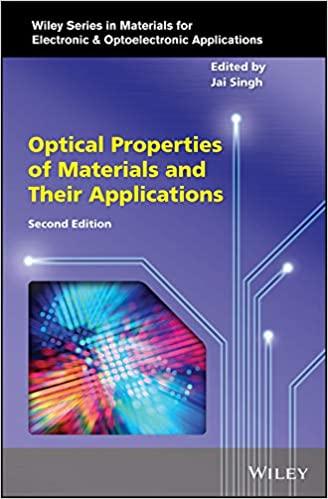1. a. If a North pole moves toward the loop from above the page, in what direction is the induced current? b. If a North pole moves toward the loop in the plane of the page, in what direction is the induced current? C. A wire loop is being pulled to the right through a uniform inward magnetic field. What is the direction of the induced current? d. A wire loop is being pulled to the right through a uniform inward magnetic field that suddenly ends. What is the direction of the induced current? e. What is the direction of the induced current if the B field suddenly increases inward while the loop is in the region? f. If a coil is shrinking in a magnetic field pointing into the page, in what direction is the induced current? g. A wire loop is being pulled away from a current-carrying wire. What is the direction of the induced current in the loop? h. What is the induced current if the wire loop moves in parallel to the current carrying wire? 2. A moveable (massless and frictionless) bar with a length of L = 1 meter is being moved at a constant velocity of 10 m/s from left to right along two conducting rails by an external force, F, as shown in the Figure. If the system is immersed in a uniform magnetic field (out of the paper) with magnitude B=2 T, what is the induced current in the 50 resistor? What is the induced current direction? 3. A 100-loop square coil of wire, with side / = 5.00 cm and total resistance 100 2, is positioned perpendicular to a uniform 0.600-T magnetic field. It is quickly pulled from the field at constant speed (moving perpendicular to B) to a region where B drops abruptly to zero. At t = 0, the right edge of the coil is at the edge of the field. It takes 0.100 s for the whole coil to reach the field-free region. Find (a) the rate of change in flux through the coil, and (b) the emf and current induced. (c) How much energy is dissipated in the coil? (d) What was the average force required (Fext)? B =0.600 T x x x x 9=0 x x xx 4. A square loop of wire of side / = 5.0 cm is in a uniform magnetic field B = 0.16 T. What is the magnetic flux in the loop (a) when B is perpendicular to the face of the loop and (b) when B is at an angle of 30 to the area A of the loop? 5. The charger for a cell phone contains a transformer that reduces 120 V ac to 5.0 V ac to charge the 3.7 V battery. (It also contains diodes to change the 5.0-V ac to 5.0-V dc.) Suppose the secondary coil contains 30 turns and the charger supplies 700 mA. Calculate (a) the number of turns in the primary coil, (b) the current in the primary, and (c) the power transformed. 6. Unpolarized light with intensity S is incident on a series of polarizing sheets. The first sheet has its transmission axis oriented at 0. A second polarizer has its transmission axis oriented at 45 and a third polarizer oriented with its axis at 90. Determine the fraction of light intensity exiting the third sheet with and without the second sheet







